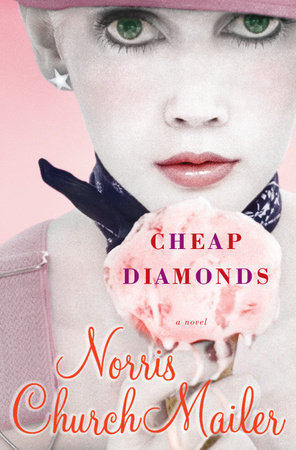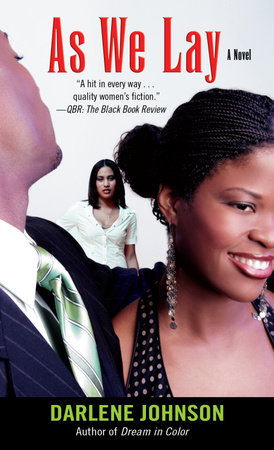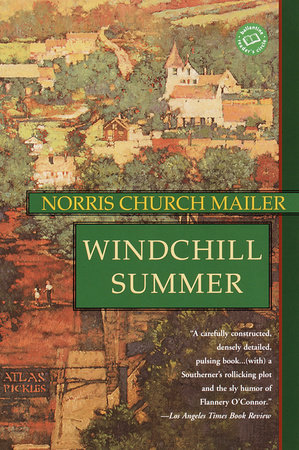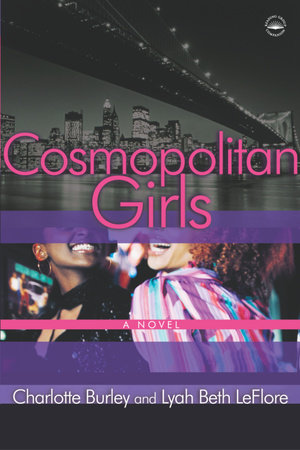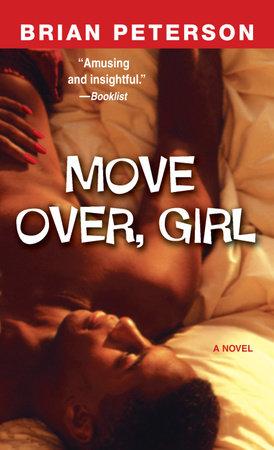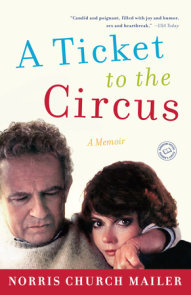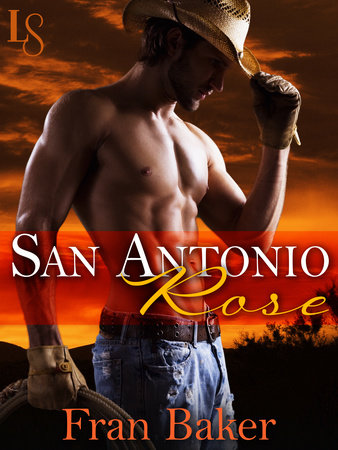Author Q&A
A Conversation with Norris Church Mailer
Random House Reader’s Circle: There are some very interesting similarities between your life and that of our protagonist, Cherry Marshall: both of you grew up in Arkansas and came to New York in the 1970s, both of you modeled, both of you are artists–the list goes on and on! Could you talk a little bit about how much of you there is in Cherry, and maybe highlight some of the ways she’s different from you?
Norris Church Mailer: Cherry is definitely a part of me, but she is not me. We had a few similar adventures, but her story is certainly not mine. I did model for a few years but was never as successful as she became because I was married with a family and just couldn’t do the traveling that’s involved if you are to become successful. Wilhelmina wanted me to go to Paris for a year, as a lot of the new girls do to get experience, and that I couldn’t do. So I did jobs in New York, and basically quit when I got pregnant with my second son, John Buffalo. I made Cherry an artist because it is something I understand, but she could have as easily been something else.
RHRC: Would you say you see some of yourself in each of your characters?
NCM: Of course. Even the villains have to come through my sensibilities, so I try to put myself in their position and make them as human as possible. Nobody sees himself or herself as a villain; they only see their side of the story.
RHRC: Why did you choose to embody so many voices in this text, instead of just staying in Cherry’s head? There are portions narrated by Lale, Cassie, and even a cabdriver. How did this challenge you as a writer?
NCM: In my first book, Windchill Summer, I used two voices, too: Cherry’s first-person narration, and then an omniscient third-person voice, because Cherry couldn’t possibly know what was going on with the other parts of the story. I find this happens often in fiction, the usage of more than one voice, and it works for me.
RHRC: You chose to intersperse the narrative of Cheap Diamonds with letters the characters send to one another. What do you think this adds?
NCM: I wanted to bring back Cherry’s home and friends in an immediate way, and the use of letters lets me do first-person for them, which is always more intimate than the more distant third-person.
RHRC: As someone who lives in New York today, what was it like to write about the New York of the 1970s? It seems it couldn’t be more different, with artist-only lofts in SoHo and struggling artists and musicians living in the West Village. Could you elaborate a bit on that experience?
NCM: I moved to New York in 1975 when SoHo was just beginning to become more than a warehouse district where a few artists lived and worked. You could still buy a huge loft for $25,000 in those days, and if we bought real estate, we would now be rich. I did in fact rent a loft on Canal Street and was part of the SoHo scene for a couple of years, as the shops and galleries moved in and I had shows in a gallery called Central Falls, which is no longer there. It was one of the most exciting times in my life, mainly because I was young, but also because of the tenor of the times, the way the city was changing, opening up.
RHRC: Just out of curiosity, I have to ask–was the scene at Max’s Kansas City based on your personal experience? Did you really see Andy Warhol, Robert Rauschenberg, Roy Lichtenstein, Lou Reed, David Bowie, and Debbie Harry all in the same place?
NCM: I did go to Max’s Kansas City a few times, but it was a few years after the hottest years of the sixties and early seventies. I have met a lot of the people I write about, maybe not all at Max’s, but I know people who hung out there at that time who told me stories, and I read a wonderful book by Yvonne Sewall Ruskin called High on Rebellion: Inside the Underground at Max’s Kansas City. It is an oral biography with pictures and a gold mine for the time.
RHRC: Cassie’s narrative is a very important part of this book, but it is very different from Cherry’s. Why did you choose to give Cassie such a strong focus?
NCM: I like to have two stories weaving in and out, finally coming together in the end. Cassie and Cherry were from the same place but had different goals and lives. There were, and still are, a lot of girls like Cassie, who get pregnant young, marry, and become old much too soon. By knowing Cherry, Cassie discovers for herself that life doesn’t have to be about marrying the perfect man.
RHRC: In the end, you don’t allow Lale to become a two-dimensional villain but, rather, make the reader sympathize with him. Do you think he is deserving of redemption?
NCM: I think everyone is deserving of redemption. Though not everyone is redeemed. But I tried to put myself into the shoes of a nineteen-year-old boy who is caught up in his sexuality, like every boy, and who can’t stand up to the consequences. He will ultimately either be happy or not, but he had to be true to himself and live with the choices he made.
RHRC: You grew up in the Free Will Baptist Church, which is fairly similar to the Holiness Church Cherry attends. When you first came to New York, did you have some of the same reactions that Cherry does–for example, the way she feels when confronted with the drugs and overt sexuality of Max’s Kansas City?
NCM: Oh, sure. If you grow up in church from the time you are on your mother’s breast, you believe what the grown-ups tell you–in this case, that you will burn and sizzle in hell for every sin you commit. No matter how sophisticated you become, how little you believe the teachings, you can never truly get away from it. It is one of my themes, how destructive fundamentalism really is, how it teaches negativism and retribution, not love, and has nothing to do with what Jesus said, which was to love your neighbor. I do remember my preacher saying that if we drank one beer or had one glass of wine we would go to hell. I was terrified every night before I went to sleep that I had done some sin by mistake and would die and go to hell. It was terrifying for a child.
RHRC: Cheap Diamonds deals a lot with issues of race and homosexuality. Cherry worries about what her family will think about her dating a black man, and Sal is beaten up by a drunk and angry group of homophobes. How important was it to you to discuss these issues in the book?
NCM: These were key themes in the book, as 1970 was a time of change for both homosexuality and racism. Our generation thought we could change the world, and in fact some places did change, but not everywhere. I wanted Cherry to be in a place that was totally different from the small Arkansas town she came from; I wanted her to have all the new experiences she could.
RHRC: To me, this book is about staying true to yourself–from Cherry’s eyebrows to her Southern accent to the nose Cassie decides not to fix, which then lands her a spot in Vogue and a photo shoot with the legendary Richard Avedon, characters are rewarded again and again for being themselves. Is this a message you were trying to get across in Cheap Diamonds?
NCM: I never really set out to preach that, but I think it’s good to stay true to yourself. But that takes different forms. I have nothing against cosmetic surgery or hair-dying if that will make you feel better about yourself. Maybe that’s the real you.
RHRC: Was your experience of writing and publishing Cheap Diamonds different from that of Windchill Summer, your first book? When you began writing Windchill Summer, did you have the general plot of all three books in mind? I’d love to hear about your process.
NCM: I knew when I finished Windchill Summer that I wanted to continue Cherry’s story. There was a natural progression that was in tandem with my own life, although, I stress, it is not my own story. I actually did an intermediate book that was Lale and Cassie’s story and Cherry’s romance with a black man in Buchanan, the little Ozark town where she practice taught. At the end of that book, she goes to New York to become a model, and then there would have been a third book about the modeling world, but my editor at Random House convinced me to combine the last two books, so that’s what I did. Now there might be a third chapter to the trilogy, when Cherry goes to Paris for her year abroad. But I have no real idea; I never work with an outline or even a complete story. My characters seem to write my books for me as I go along.
RHRC: Did you have to conduct research to write this novel, or were you able to write it out of your own personal experience?
NCM: Both. Memory is a treacherous friend, and I found I misremembered a lot of events. One great tool was old fashion magazines, which are a gold mine for researching a period. You get to read about all the then-current fashions, movies, books, music, and trends. If I wrote about an article in Cosmopolitan, for example, there was a real-life one in the issue I mention. I also did a lot of research about SoHo, music from the era, and the modeling world. This was a wonderful, fun book to research.
One thing I’d like to address is the fact that both Cherry and Lale made a success of modeling rather soon after they began. It has been said that’s not realistic, but the reality is, if a young model doesn’t begin to make money soon after joining the agency, he or she isn’t kept on for long–usually for only a year or so. It is not unheard of for a model to get a job on her first “go see” and become famous in a few months. In fact, it happens a lot. That wasn’t my own experience, but I saw it happen over and over. Jessica Lange started at the same time I did and really never worked much because right away she was sent to audition for King Kong and got the part. We were all so excited for her, thinking it could happen to us. And to some of them it did.
RHRC: If you had to make up a list of books for a reading group, what would you include?
NCM: There are so many writers I love, but for contemporary writers, I would put something on it by Adriana Trigiani, Elizabeth Berg, Doris Kearns Goodwin, Barbara Kingsolver, and Amy Tan. I would add a Norman Mailer, a William Kennedy, a Don DeLillo, and a Phil Roth. I would also include Eudora Welty and Ernest Hemingway, Tolstoy and Dostoyevsky, F. Scott Fitzgerald, and Margaret Mitchell. I have eclectic tastes, and love mysteries by P. D. James, Ruth Rendell, Mary Higgins Clark, and Sue Grafton. I’ll read a new Walter Mosley or Ken Follett. I love writers who send me to another era and place, like Diana Gabaldon, and I just read The Tenderness of Wolves by Stef Penney, which I liked a lot. I read a lot, as you can gather.
RHRC: Could you share any advice you have for aspiring writers out there?
NCM: When you begin a novel, just remember that nobody ever has to see it if you don’t want them to. Don’t write with anybody in mind, like your mother or your preacher or your best friend who might think the character is based on her. This is your story, and while there might be elements in it of people you know, you will not do an exact portrait of anybody. It’s too limiting. You would be constantly bogged down with trying to determine if the person would really have said that or done this.
